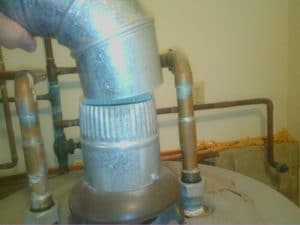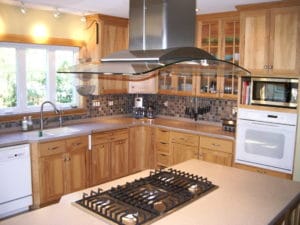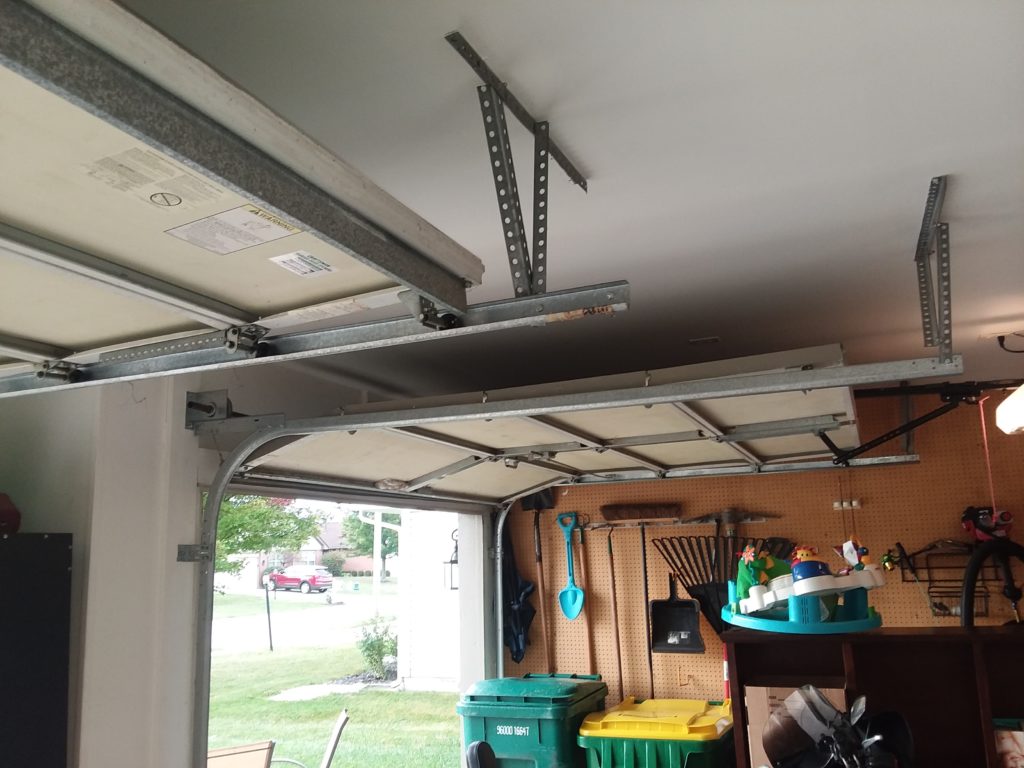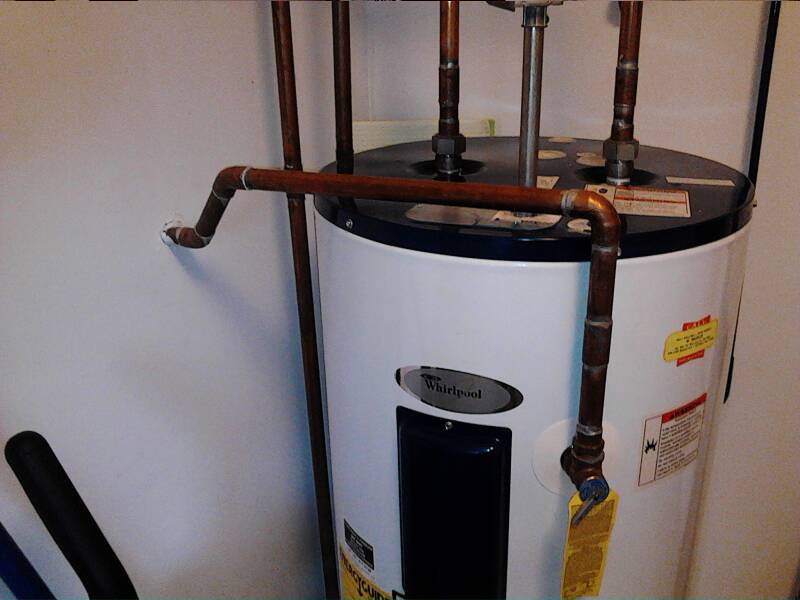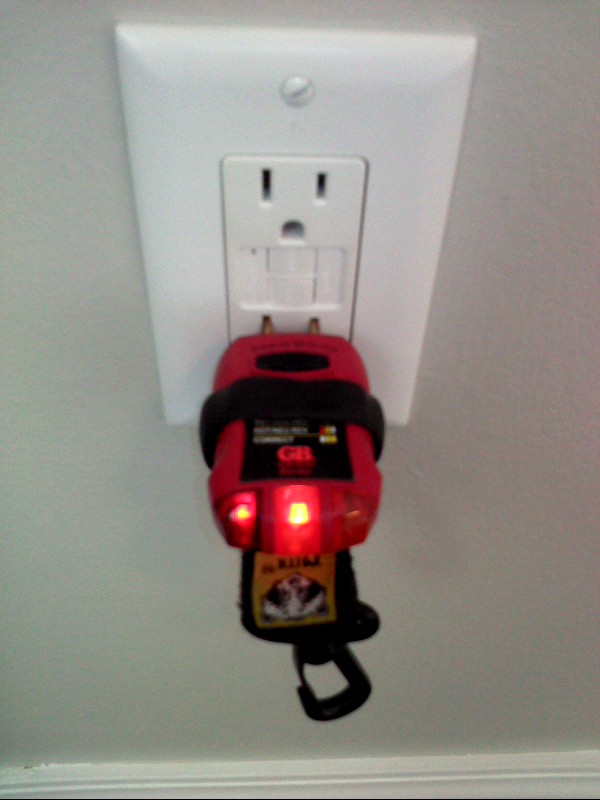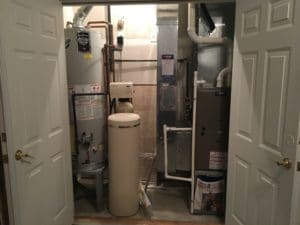
The most common side effect of Carbon Monoxide poisoning, is to fall asleep (and possibly not ever wake up)
Symptoms of carbon monoxide poisoning include:
Headaches
Nausea
Dizziness
Fatigue
Depression
It is estimated that as many as 1,600 people a year die as a result of carbon monoxide poisoning.
The carbon monoxide concentration is given as a percentage of hemoglobin carrying carbon monoxide. (Carbon monoxide in the blood)
Anytime carbon monoxide poisoning is suspected:
evacuate the building immediately, seek immediate medical attention.
The appliances will need to be turned off and repaired before re-use and the house will need to be ventilated.
Gas heaters are a very common source as are gas logs, particularly vent-less gas logs (they have no chimney)
You can not smell carbon monoxide.
Carbon monoxide is measured in parts per million in the air you breath.
| PPM | Symptoms |
|---|---|
| 0 to 10 | Usually no signs. |
| 10 to 20 | Headache, angina in heart patients. |
| 20 to 30 | Nausea, throbbing headache, irritability, difficulty concentrating. |
| 30 to 40 | Severe headache, dizziness, fatigue, confusion. |
| 40 to 50 | Rapid breathing and heartbeat, fainting. |
| 50 to 60 | Respiratory failure (collapse), seizures. |
| 60 to 70 | Severe respiratory failure, low blood pressure, fatal coma. |
| Above 70 | Rapidly fatal coma. |
If you think that there is a problem.
Flue pipes connecting furnaces, gas hot water heaters, log stoves and room heaters, should be checked by a heating contractor.
Regular check up’s are a good idea.
Flue pipes can have levels of carbon monoxide as high as 400 ppm but should have levels of 25 ppm or less.
Levels above 400 ppm in the flue pipe are considered dangerous.
A flue pipe should not have equipment from different levels or floors connected into it.
Flue pipes must have an upwards slope ALL the way to the chimney or until they vent out.
Chimneys and flues should be cleaned and/or inspected annually. Neglecting to do this could endanger everyone in the home.
Birds or other animals can make nests or get stuck in chimneys and flues blocking them. When this happens, carbon monoxide that should have been vented to the outside, invades the home. Chimney covers are a good idea to stop animals entering.
Gas Stoves:
We recommend that the vent hoods above gas stoves are vented to the exterior.
In theory gas stoves are vent-less but in practice that can produce carbon monoxide.
They also produce excessive amounts of moisture that is not good for your home.
RECOMMEND:
Install carbon monoxide detectors near furnaces, gas water heaters and log stoves as well as in the living/ family room and bedroom areas.
If the house is all electric and has an attached garage then carbon monoxide detectors are a must. (A car that re-starts or is left running produces carbon monoxide)

